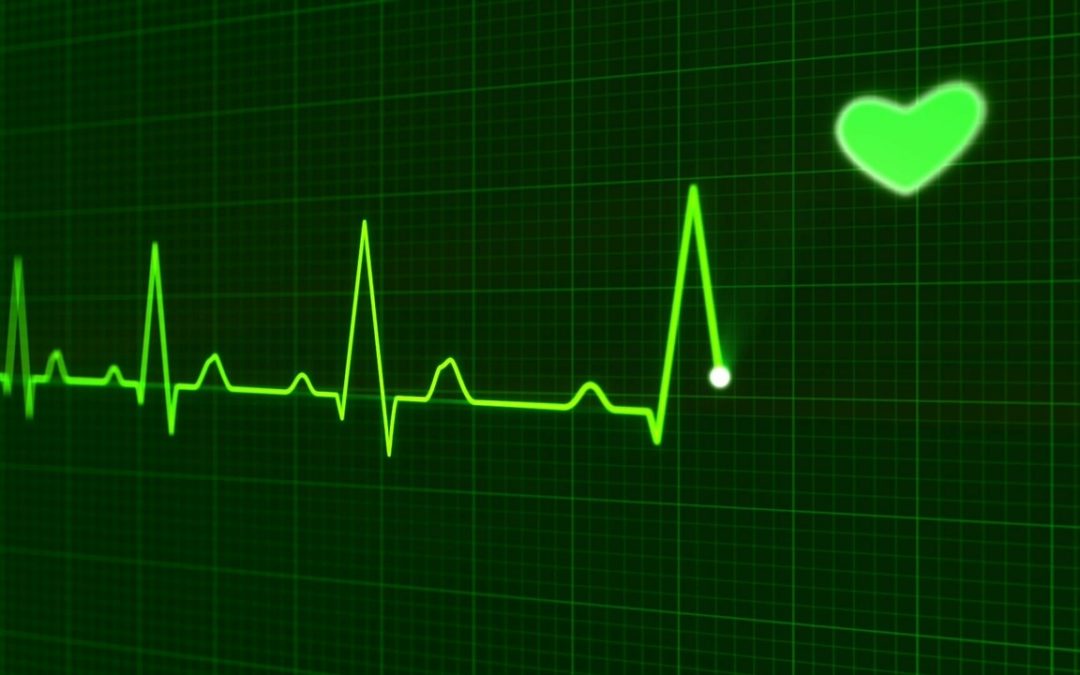Aetiology and incidence of sudden cardiac arrest and death in young competitive athletes in the USA: a 4-year prospective study.
Peterson DF, Kucera K, Thomas LC, Maleszewski J, Siebert D, Lopez-Anderson M, Zigman M, Schattenkerk J, Harmon KG, Drezner JA. Br J Sports Med. 2020 Nov 12:bjsports-2020-102666. doi: 10.1136/bjsports-2020-102666. Epub ahead of print. PMID: 33184114.
Full Text Freely Available
Take-Home Message
The rate and causes of sudden cardiac arrest and death (SCA/D) vary by age, race, sex, sport played, and geography. Over half of SCA events result in death.
Background
Sudden cardiac arrest and death (SCA/D) is the leading cause of death in competitive athletes. Despite several retrospective studies, our understanding of SCA/D among athletes is limited by a lack of mandatory and standardized reporting as well as a lack of data on athletes who survive SCA.
Study Goal
Petersen and colleagues completed a 4-year (2014-2018) prospective surveillance study to determine the cause and incidence of SCA/D in competitive athletes in the United States.
Methods
The researchers prospectively surveilled events of SCA/D through systematic searches of social media, traditional media, and relevant databases. The authors also received direct reports of these events. Researchers then attempted to acquire information regarding the event, such as demographics, sports participation, event details, medical history, and autopsy findings. The authors included competitive athletes (involved in regular training emphasizing competition and performance) between 11 and 29 years old.
Results
The research team identified 331 cases of SCA/D over the 4 years. These included 158 survivors. The most common cause of SCA/D was hypertrophic cardiomyopathy (21%). However, about 3 in 10 middle school athletes with a SCA/D had coronary anomalies. SCA/D occurred more often among males (84%) than females. More than 3 out of 5 athletes with a SCA/D were high school athletes. African American male NCAA athletes had about twice the rate of SCA/D than White male NCAA athletes.
Viewpoints
This study adds to the existing literature about SCA/D, especially by including data on athletes who survived SCA. The authors found that over half of the cases of SCA result in death. It is valuable to include survivors because it offers a more complete picture of SCA/D. The bigger picture is needed because more athletes survive SCA thanks to improved emergency response plans and access to automated external defibrillators. The authors used this nationwide study to demonstrate that the rate of SCA/D varies by age, race, sex, geographic location, and sport. Hence, it is hard to offer concrete clinical implications to a broad population.
Clinical Implications
Clinicians should look at the results that apply to their teams and decide how to act. For example, older athletes may need to be screened for cardiomyopathies, while middle school athletes need screening focused on coronary artery anomalies. Furthermore, clinicians may consider if targeting screening to higher-risk athletes is warranted. These findings also highlight the need for emergency action plans and access to automated external defibrillators at all athletic events.
Questions for Discussion
What type of screening techniques do you employ for screening for SCA/D? What specific strategies have you incorporated into your emergency action plan to help your sports medicine team address an SCA event?
Related Posts
1. Turkish Society of Cardiology consensus report on recommendations for athletes with high-risk genetic cardiovascular diseases or implanted cardiac devices
2. ECG Screening Could Help Prevent Sudden Cardiac Death in College Athletes
3. Knowing the Symptoms of Sudden Cardiac Death May be the First Step in the Right Direction
4. Sudden Cardiac Arrest Incidence May Be Higher than Originally Estimated
Written by: Kyle Harris
Reviewed by: Jeffrey Driban


